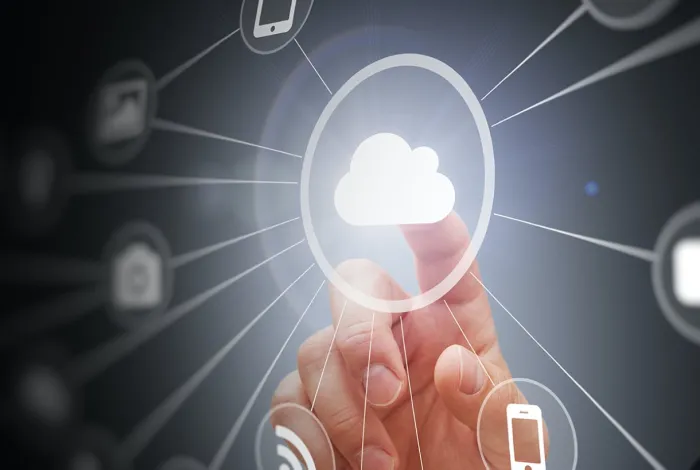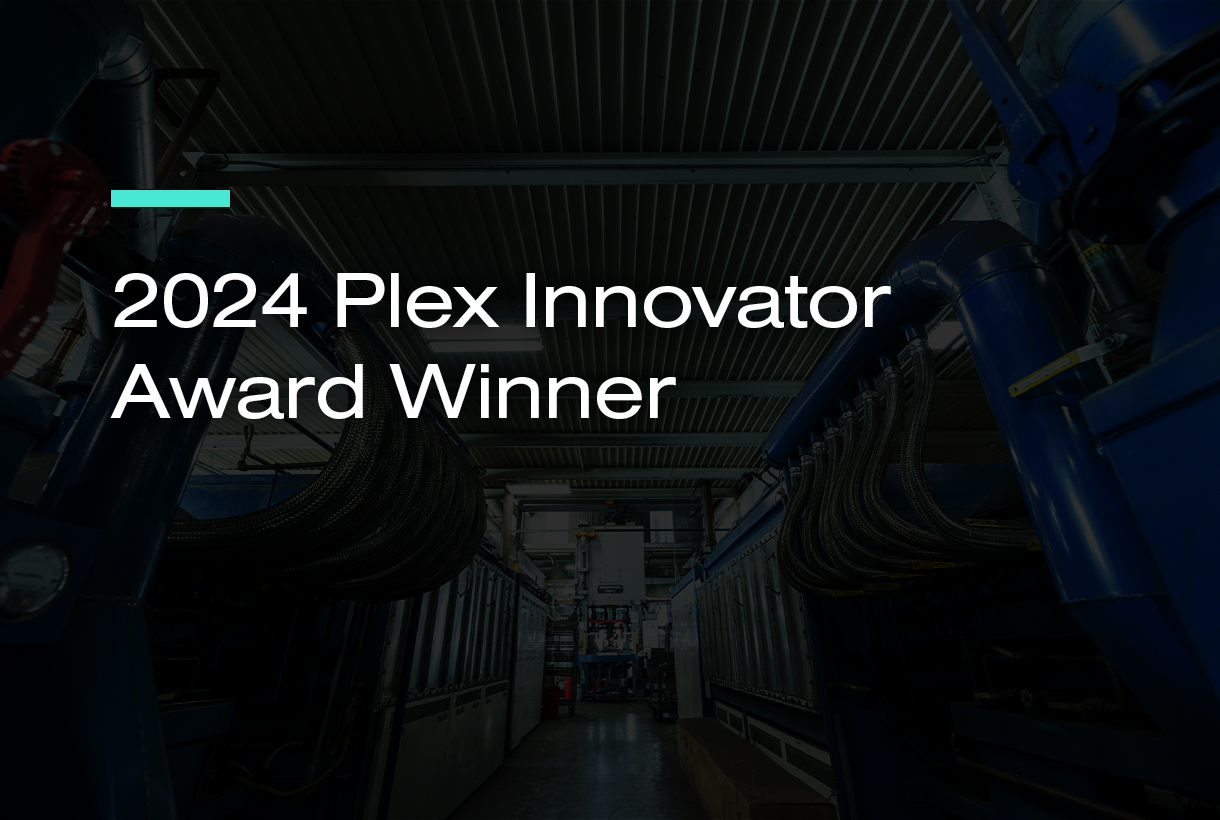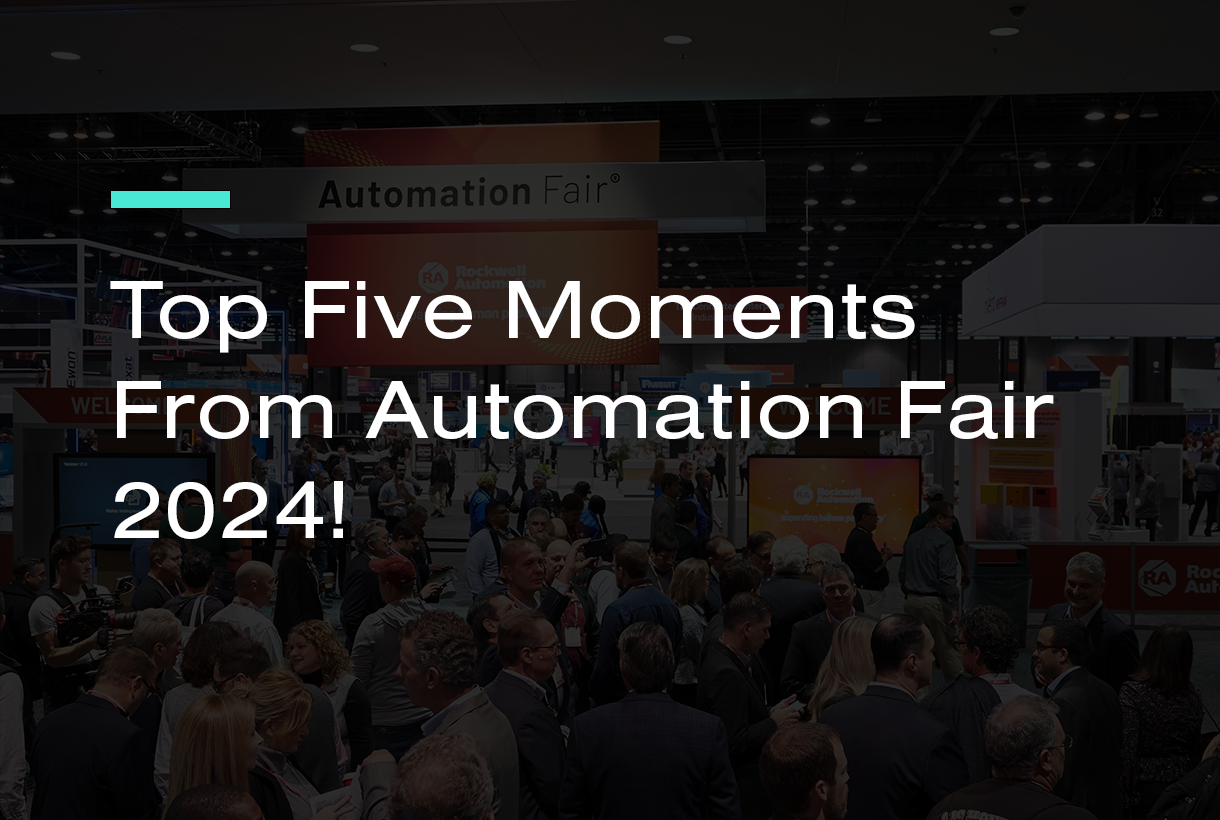

Now Available!
Get your copy of the 7th Annual State of Smart Manufacturing and hear from 300+ manufacturers in this new survey report!
Subscribe to Our Blog
For a monthly digest of expert insights, data points, and tips like the ones in this article.

Mint Jutras, an ERP industry analyst firm, may have said it best: “All SaaS is cloud computing, but not all cloud computing is SaaS.“ There are huge benefits with systems made for the cloud versus those that are simply hosted in or converted to the cloud, and understanding those differences is important in an environment where software vendors do everything they can to confuse buyers.
Most ERP vendors claim they offer “cloud” systems, but typically base that claim on the fact that their software is running in their own datacenter or in a third-party’s datacenter. “We run in Amazon’s cloud” is a familiar claim.
Here’s why that’s ultimately problematic, and why analysts like Mint Jutras draw a distinction.
Old software, even when hosted “in the cloud,” requires the same upgrades and maintenance it always did. Heavy customizations make each instance unique, so every upgrade and integration to your version of the software then requires some kind of new coding project. Over time, your unique instance becomes more complicated and more brittle. And you’re on the hook for dealing with it.
In contrast, modern SaaS ERP solutions are designed to run a single code line – every customer is on the same version, with their individual instances configured to fit their business. The software is updated constantly, like a consumer website. Upgrades are eliminated; managing new capabilities and the retirement of old software is the responsibility of the vendor. All that, and it runs in a cloud infrastructure as well.
So when you think about a checklist for SaaS vs. ‘cloud’ or ‘hosted’ solutions, here are some key things to look for:
- Offers continuous innovation: the vendor updates the solution in the background; no upgrades.
- Runs on cloud infrastructure where the vendor manages security, uptime and scalability.
- There is a common code line across all of our customers, every customer is on the current version.
- There is a vibrant user community sharing best practices, and
- You can subscribe on an annual basis.
At Plex, we started with cloud ERP and SaaS as our platform strategy, and here’s why. Plex ‘s continuous innovation model enables new capabilities as they become available, freeing manufacturers from painful ongoing upgrades. Using software running on Plex’s secure datacenter, customers don’t waste resources on software management and instead use those resources for value-add process and system improvements that drive real ROI.
Plex is versionless, which means all customers use one constantly updated software code line. Legacy ERP vendors can’t offer this. Think about using Google – when was the last time you had to stop and upgrade your Chrome browser? Never, because you don’t need to, Google does it for you. Plex works the same way, delivering ongoing value versus having to deal with inflexible upgrade schedules driven by the vendor. It also means that any software issues are resolved quickly for all users simultaneously.
Finally, with all customers on one version, Plex customers share best practices that all users can leverage through a vibrant user community, without ever having to ask this question again – “what version are we on?” Plex focuses all effort on developing and delivering one strong, highly secure and reliable set of code versus spreading resources thin supporting myriad versions.
While legacy ERP solutions have begun to offer subscription pricing and cloud hosting, these solutions aren’t really SaaS. Though the cloud ERP marketplace is crowded and full of noise, cloud-native SaaS is the only model that delivers the customer-centric, modern service that today’s manufacturers require.
Please also read our posts: Debunking Cloud Myths: Security and Reliability and Debunking Cloud Myths: Total Cost of Ownership.


